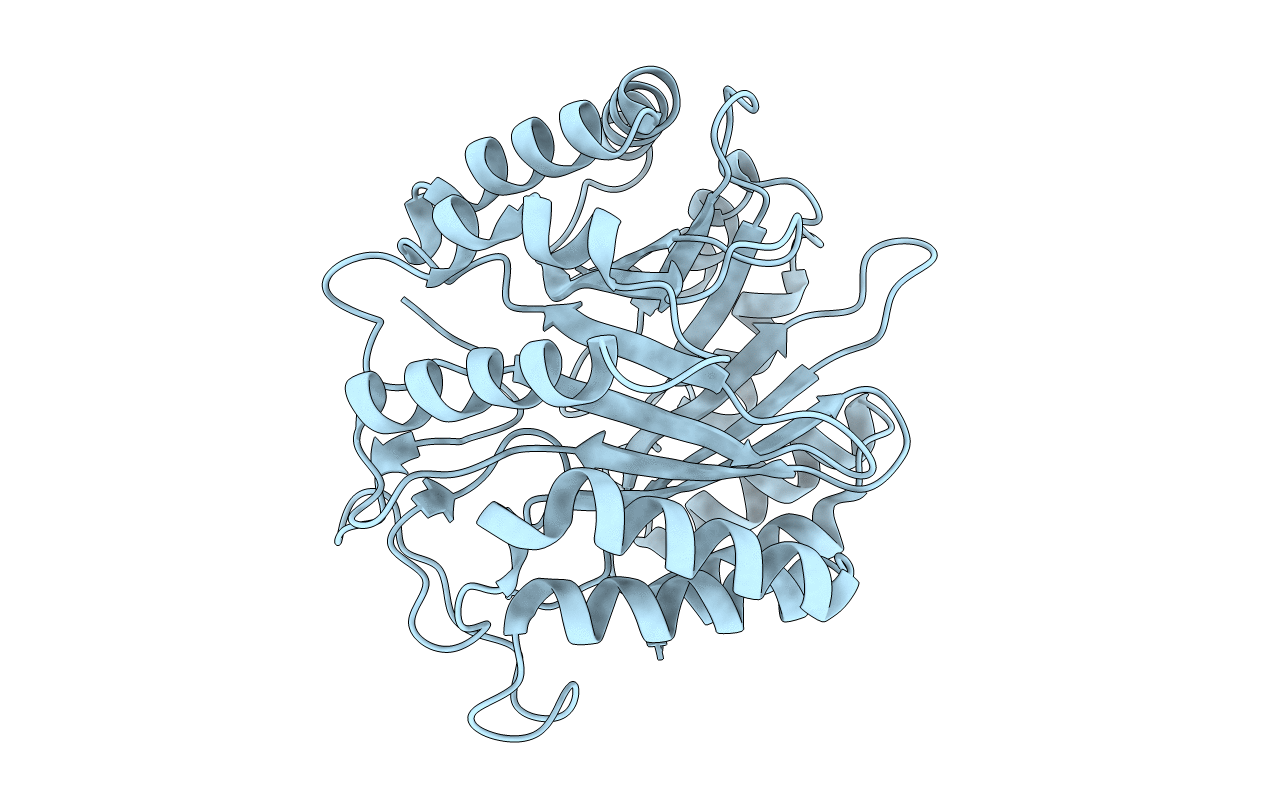
Deposition Date
2015-03-05
Release Date
2016-03-16
Last Version Date
2023-11-08
Entry Detail
PDB ID:
4YL7
Keywords:
Title:
Crystal structure of the indole prenyltransferase MpnD from Marinactinospora thermotolerans
Biological Source:
Source Organism:
Marinactinospora thermotolerans (Taxon ID: 531310)
Host Organism:
Method Details:
Experimental Method:
Resolution:
1.60 Å
R-Value Free:
0.20
R-Value Work:
0.18
R-Value Observed:
0.18
Space Group:
P 21 21 21


